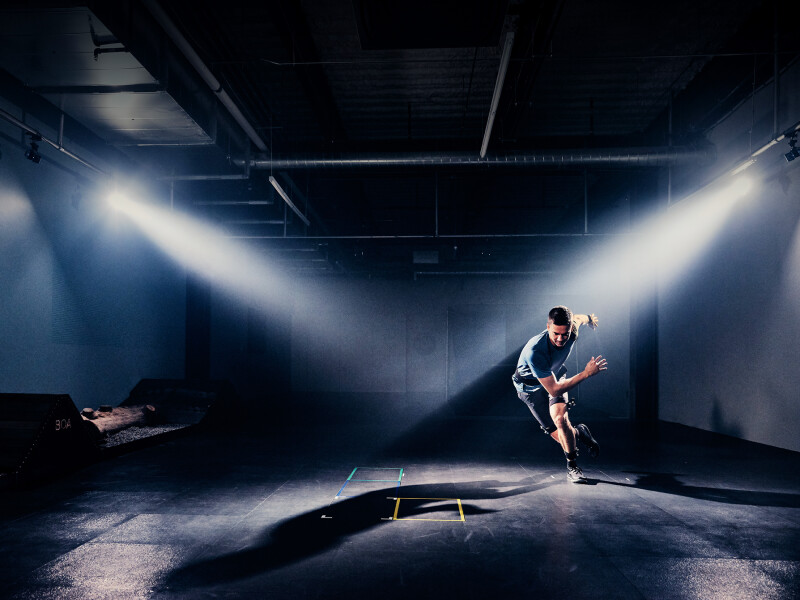Athlete performance can be improved through biomechanical changes directly related to Boa Fit System-equipped footwear, according to a second peer-reviewed white paper recently published by Footwear Science. Boa, in partnership with the University of Denver, set out to measure the biomechanical impact of its fit solutions and the latest publication reportedly marks another milestone in its mission to scientifically demonstrate the performance benefits of the BOA Fit System.
The second report breaks down how the performance improvements came about, specifically by quantifying the biomechanical mechanisms responsible for the observed performance improvements. Researchers analyzed how ankle, knee and hip motion and forces changed during specific movements relative to agility and speed.
The team reported that BOA’s PerformFit Wrap upper design, specifically the tri-panel and y-wrap configurations, reduced motion in those undesired planes and increased range of motion and moments in the desired planes for each motion. Researchers also saw that these configurations produced greater rates of force development and resulted in less work for athletes.
“Using data from our study subjects, we measured three key variables: joint range of motion, joint moments, and joint powers, one hundred times per second,” explains Dan Feeney, Ph.D., Boa’s manager of biomechanics research and Performance Fit Lab. “In specific Boa configurations that we now call PerformFit Wrap, we saw that athletes could change direction more quickly during vertical and lateral drills.
“Athletes were also able to optimize velocity and force in the direction they intended to move, while minimizing motion in other directions,” he adds. “This is an important consideration as excessive motion in unintended directions is undesirable and can be associated with wasted energy and potentially injury risk.”
Footwear Science’s second Boa paper expands on the original study’s findings that the high performing Boa configurations resulted in a three-to-nine percent improvement in agility and speed, along with a reduction in energy required to perform a movement over the same shoe model with traditional laces.
“BOA’s mission is to deliver scientifically measurable performance improvements through the innovative applications of the BOA Fit System,” says Shawn Neville, CEO at Boa Technology. “Our Performance Fit Lab and the University of Denver have done an excellent job with the first two white papers and are already working on future validation studies to continue to push the limits of human performance through superior fit.”
The La Sportiva Cyklon trail running shoe, launching this spring, along with the current Saucony Switchback 2 (in photo at left), both integrate the Boa tri-panel configuration. Future developments with top running brands are also set to leverage these findings in forthcoming product.






